HFT in my backyard
Proud to publish a guest post by Alexandre Laumonier, which appeared earlier on his website sniperinmahwah.wordpress.com. As an anthropologist he is connecting all the dots in the microwaves networks – using public information on communication towers and dishes in Belgium. Reading official documents, visiting the towers and knowledge of microwaves networks for high frequency trading : a very uncommon combination.
This is insane: more than 28,000 visitors came to read Part I of “HFT in my backyard”. Some of them are inevitably bots, but my logs reveal the majority to be human readers from bank desks, technology providers and so forth. Who would have imagined a simple map would garner such interest? Microwaves have been used for HFT since 2010 after all. Since so many readers want to learn about these networks, allow me now to continue my story. In order to give you a clear picture of what to find on the map and how to locate all these towers, let’s return to Houtem.
FROM FRANKFURT TO LONDON… AND CHICAGO
In the US, the New York Stock Exchange (NYSE) is currently located in Mahwah, in New Jersey. For the Lenape people who originally lived there, the word mahwah meant “Place Where Paths Meet” – a perfect description of a present day exchange. At NYSE, co-located traders meet in a data center, and microwave paths converge on the roof. In Europe, there are two main data centers in England near London: one to the east in Basildon, the NYSE facility housing the Euronext/Liffe exchanges plus Goldman Sachs’s dark pool Sigma-X; and one to the west in Slough, the LD4 data center containing the BATS exchanges. Frankfurt, Germany is home to the Equinix FR2 data center which hosts Deutsche Börse and Eurex.
There are two types of competitors in the very small world of microwaves. First are HFT prop trading firms: Chicago-based Jump Trading (aka World Class Wireless), Dutch companies Optiver and Flow Traders (aka Global Connect) and DRW (aka Vigilant Global). Some of these firms sell part of their bandwidth to other customers. Second are actual providers: McKay Brothers, Custom Connect and, more recently in EU, NeXXCom or Latent Networks. Their customers are banks, hedge funds, even other HFT firms. Some like McKay are only interested in the Frankfurt-London path, while others such as Optiver, Flow Traders, Jump and Vigilant also join the Atlantic Crossing 1 cable landing station in Whitesand Band, Cornwall, England, to allow data to cross over the Atlantic and go straight to Chicago using US microwave networks. Let’s start with Jump Trading.
AN EPIC AUCTION SALE
Contrary to the legend, the Houtem tower featured by Bloomberg was neither used nor owned by NATO; rather the tower was built by and for the US Army in the 1970s. The tower (and two others located in Belgium, one of which is also now used by Jump) was sold to Belgium in 2006. “Closure of these sites will result in an estimated annual savings of over $84,000 based on a comparison of the current annual operations and maintenance costs to an annual replacement commercial communications cost,” wrote the US Department of Defense. In 2012, the Belgium Ministry of Finance used the same money-saving rationale to auction the tower.
The sale took place in Veurne on December 18, 2012. While the auctioneer is now retired and my request for his phone number was refused by the Services Patrimoniaux office, I did speak with someone who attended the auction. Only eight people attended: the auctioneer, his assistant, a government official, and five potential buyers – two or three Americans including a Jump representative, one large Belgian law firm probably acting on behalf of a competitor and a single observer. Prior, the prospective buyers had all visited the Houtem tower in situ so they entered the auction knowing the tower was in poor shape and required renovations my informant estimated would cost the winner $1,000,000. The starting price was €255,000 and the Belgium government would have been very happy with €400,000. The first tick-size was a €5,000 increment, but after half an hour the price was at €700,000 and the tick-size was increased to €10,000 accordingly.
The auctioneer didn’t know who the buyers really were or why they’d have such interest in a lousy old tower; this unexpectedly high price left him perspiring nervously and calling for a break. Collecting himself in the bathroom, he exhaled quietly, bewildered, “What the hell…” The auction resumed, bids climbing to €1,000,000, €1,500,000, €2,000,000. At this point the auctioneer asked for another pause. Finally, after three and a half hours, the tower was sold for €5,000,000. One attendee quickly left, as his car was parked in front of a police station and the meter was long expired. Another losing bidder approached Jump to ask, “Can’t we arrange?” meaning their company would purchase bandwidth or rent some dish space on Houtem tower. I wish I had been a fly on the wall to confirm my suspicions about which competitor attempted to make arrangements with Jump at the auction deep in Flanders that day.
A CRAZY VISIT TO THE HOUTEM TOWER
Since I missed the tower over my early July holiday, I decided to go back to Houtem with my family at the beginning of September. I spoke with different people from the microwaves industry ranging from Jump’s competitors to technology providers, and they explained how I might conduct my field work. I learned to be discreet, parking my car far from a tower, taking binoculars and a camera, checking the GPS of my mobile and then walking – one is obliged to walk far, as most of the towers are in potato fields. Several expeditions to different towers gave me the practice to perfect my technique before I was confident to approach the object of my visit. At Houtem, I parked near a farm and walked along the Chemin des Limites road near the Belgium-France border. Nearing the site, I noted a van and a workman in the tower’s basement. “Not good news,” I told myself, thinking an intelligence officer should always remain unseen. I began to surreptitiously photograph the Houtem tower:
When the worker came to burn things in the field, I moved closer:
There was none “No Trespassing” sign on the railing so of course I entered only to discover an unexpected windfall – the workman left all the doors open! My 63 year old mum stood guard, eyeing down the worker as I visited each room, taking pictures of the equipment until there, right in front of me, was a big red button functioning as the emergency stop. It was amazing to realize I could have cut the Jump microwaves network just by pushing it. But I didn’t want to bother Jump nor Perseus’s customers, and besides, microwave networks have fiber optics backup so any sabotage would have been useless. A message to the jump lawyers: don’t sue me. I know I was on “private property” so I won’t publish the photographs I took, save this one:
It’s fascinating to see the extremely small basement of a 243 meter tower. These kind of towers are engineering marvels. Here the diameter of the foundation is only 25 centimeters and the structure stands erect only thanks to 48 guy wires. Okay, I have to publish one more photo, as the viewpoint is amazing:
I was actually more interested in trying to jump and climb the tower than cutting the power, but the worker came back so I disappeared quietly.
The tower has been fully refurbished from top to bottom with all new guy wires, but my goal was to check the dishes. When the Bloomberg story came out, there were two dishes at the top of the tower:
My photograph shows three dishes, so Jump added one between early July and early September:
This brings me to the question that so flummoxed the auctioneer: why? Why would Jump pay so much for the Houtem tower? The first reason is height; HFT players need tall towers for speed, and the Houtem tower is the fourth tallest tower in Belgium. The list below expands Wikipedia‘s list of the highest structures in Belgium to include my HFT firm entries:
Since the Houtem tower was owned by the US army between 1974 and 2006, I dug up this document published by the US Department of Commerce in 1979 and titled “Signal Level Distributions and Fade Event Analyses for a 5 GHz Microwave Link Across the English Channel”. The article contains these two charts:
(Incidentally, Jump uses a frequency between 7.448400 and 7.48401 GHz for this 87.8 kilometer path..)
All the HFT competitors have to cross the English Channel from France or Belgium to England. They mainly go to Swingate in the north of Dover, where there are two old towers housing Optiver, McKay and Vigilant, or to Hougham in the south of Dover where Latent and Custom Connect have dishes:
The Swingate towers are located on the famed white cliffs of Dover, at about 141 meters above sea level. However, most HFT competitors link to Swingate from Dunkirk, a city which is at sea level elevation:
In Dunkirk, dishes have been installed on the Tour du Reuze:
For the logic, let’s go back to amend the US Department of Commerce chart:
Without getting too deep into the physics, microwaves don’t travel in straight lines. Depending on atmospheric conditions they bend more or less and mostly downward. This generally extends the reach of towers beyond the straightforward result that Euclidian geometry would yield. Jump’s tower provides only a very limited advantage because the extra distance is proportional to the square root of its height whereas it’s price is more than linear in height. I have not found anyone who has understood why Jump paid such a large price.
I don’t know if Jump was in Dunkirk before purchasing the tower, or if they used another tower in Calais (Mollien, 50°57’23.31″N | 1°52’19.86″E) to link to Swingate. I do know that their current microwave route in Belgium is divided in two parts from Houtem: the Houtem-Swingate path enabling a way to Slough west of London, and the Houtem-Ramsgate path allowing access to Basildon east of London.
THE WAVRE TOWER
Jump uses other towers in Belgium as well. There is a distinct lack of transparency in Belgium radio regulators, but I have found dossier after dossier after dossier after dossier allowing me to piece together some paths:

In Flobecq, another old US army tower, they co-locate with Flow Traders and Optiver:
In Hannut, they co-locate only with Optiver. Comparing this two documents reveals Jump added a third dish in Hannut between February 2012 and February 2013, perhaps after they bought the Houtem tower. In Liège, Jump is alone on a tower but Vigilant and McKay are within 1.07 kilometers:
I only visited one other tower housing Jump, in Wavre near Brussels. The Wavre tower is the third tallest structure in Belgium. Once again, I parked my car from the tower and walked through the fields. Some techs were working at the top of the 250 meter tower, but they looked tiny from my vantage point on the ground. Unlike the Houtem tower, which needs guy wires to remain erect, the Wavre tower is a beautiful “standing structure”:
Wavre is also used by practitioners of the extreme sport “base jumping”. Here you can see two crazy people jumping from the tower – hope they didn’t damage the Jump dishes during their fall:
My reason for trekking to the Wavre tower was that it made big news in Belgium when it was sabotaged last spring. On the early morning of May 24, 2014, a few people started a fire which caused severe damage to the tower – this video coverage in French actually shows Jump dishes in a shot. The tower is property of the Belgium national TV/radio operator RTBF but also supports many dishes used by mobile operators. The fire received such media attention because May 24 was an important election day in Belgium, and the police wondered whether the fire was related to the election. RTBF quickly erected a temporary tower to install mobile, TV and radio dishes, but the Jump dishes stayed on the tall tower because the 50 meter temporary one wasn’t high enough.
During my visit to the Wavre tower, there were still some burnt parts on the ground:
It is certain that all the cables burned, rendering the Jump network ineffective for some time. I wonder if police interrogated any of Jump’s competitors, or anyone who knew a trading firm was on the Wavre tower. As of early September all the cables were knew so the Jump network is likely in good shape. Following are the three big dishes owned by Jump, two pointing to Hannut and the other facing toward Flobecq or Oostvleteren:
HEIGHT AND SPEEED
I would love to know if Jump, Optiver and, above all, Vigilant really use these paths between Newhaven and the Isle of Wight:
The Jump competitor who asked, “Can we arrange?” at the auction for the Houtem tower may not have been asking to install dishes on the tower; rather his proposal might have been to share bandwidth. Despite the small world of financial microwave networks being as silent as the potato fields in which stand their towers, I have discovered that Jump is sharing its network with Perseus and another data provider I’m not at liberty to name. The facts are as follows:
- A microwave link can split bandwidth up into 10Mbps increments.
- The microwave link has an aggregate of 100Mbps. Every 64 byte packet send over these links takes 6 microseconds and change to serialize.
- Each participant sends 64 byte frames of trade data to the service.
- At 10Mbps clients can only send 1 packet every 60 or so microseconds.
Now, imagine every customer in a service sends data at about the same time, a somewhat likely scenario due to the likelihood of one customer sending data nano or microseconds before the next customer and so on. In this thought experiment, Customer 1 is first, taking 6 microseconds to serialize into the 100Mbps microwave link. Customer 2 sends their trade data 2 microseconds later, so they wait 4 microseconds to serialize and another 6 to actually serialize. Customer 3 sends trade data 1 microsecond after Customer 2, waiting 3 microseconds for Customer 1, then 6 microseconds for Customer 2, then 6 more microseconds to actually serialize. Customer 4 is quicker; they send their data 1 nanosecond after Customer 3. And wait 2.999 microseconds for Customer 1, then another 6 for Customer 2, then another for Customer 3, then another 6 microseconds to actually serialize.
This example illustrates the supremacy of the owner of network in terms of speed in a shared bandwidth agreement. Jump shares its bandwidth with Perseus. While Perseus has additional customers, none will be as fast as Jump. This doesn’t mean Jump is the fastest operator in the HFT world, however. Despite purchasing a tall tower in a strategic place, they still aren’t as quick as contenders like….well, I’ll detail the fastest of the HFT competitors in Part III.
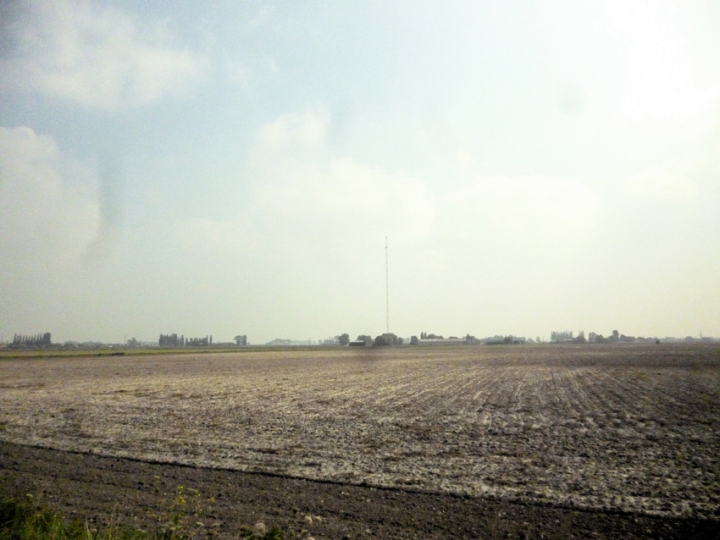
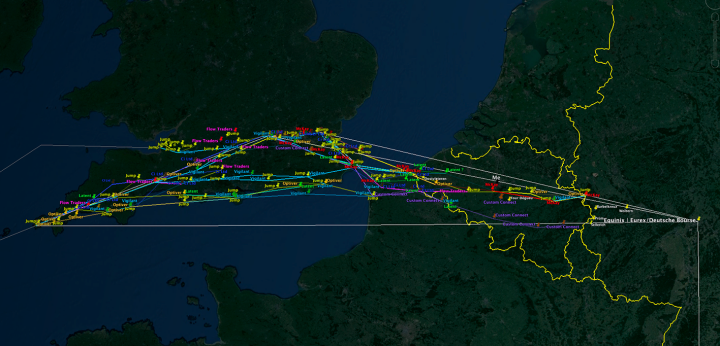
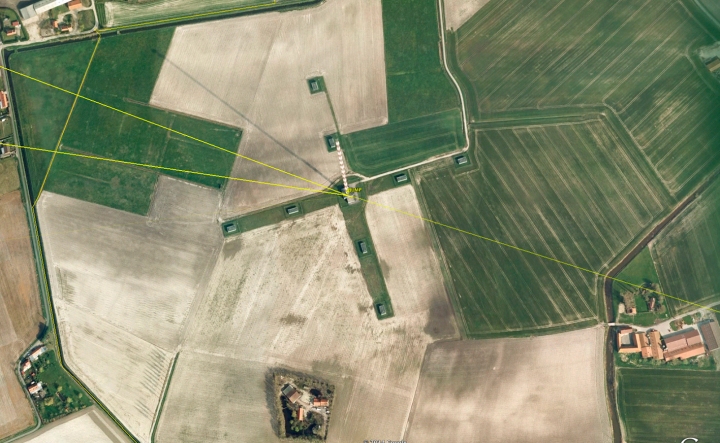
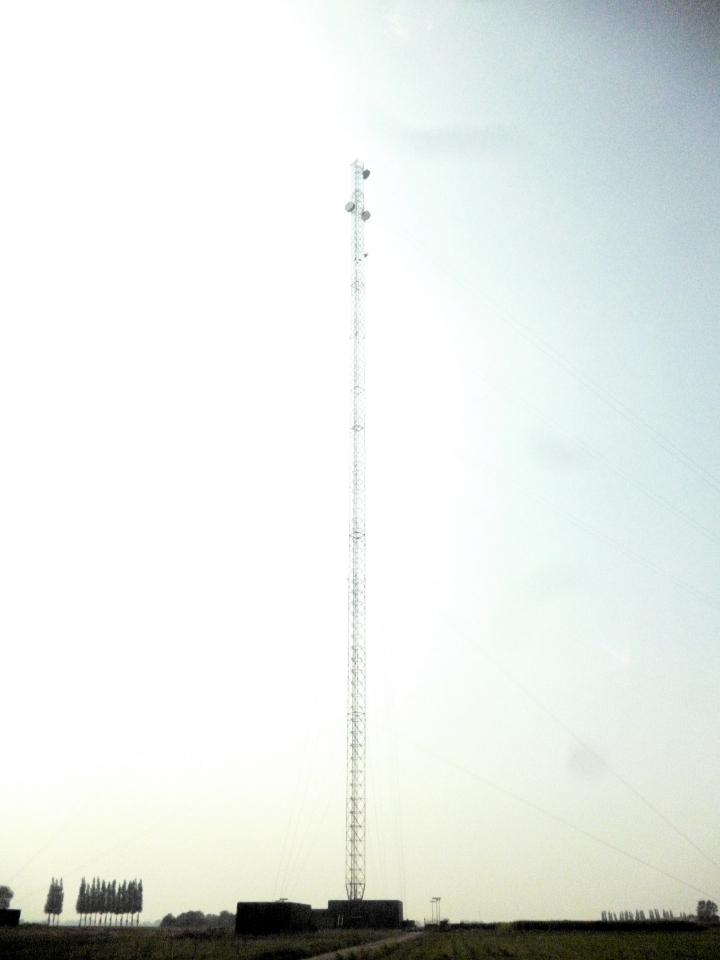
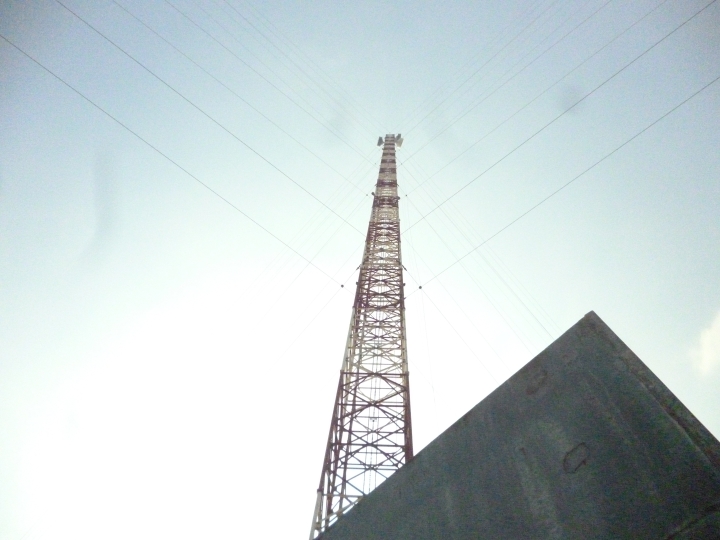
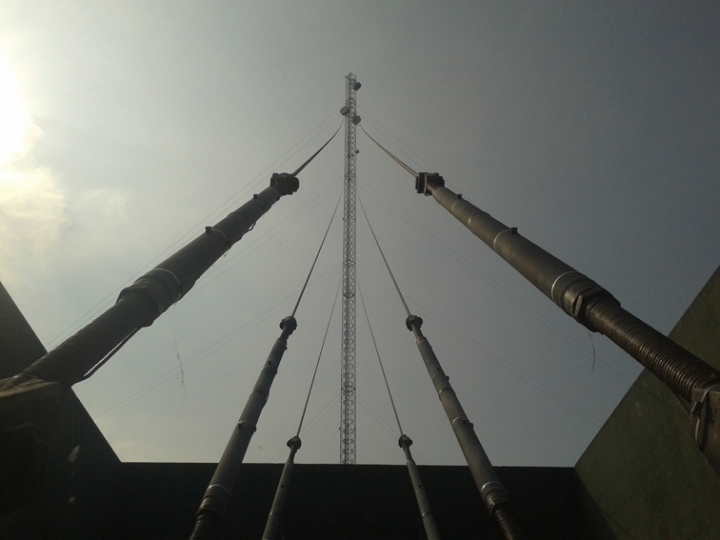


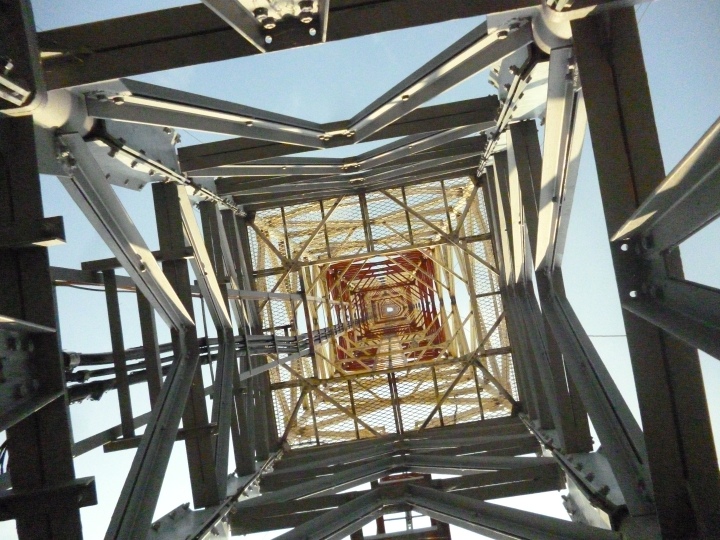
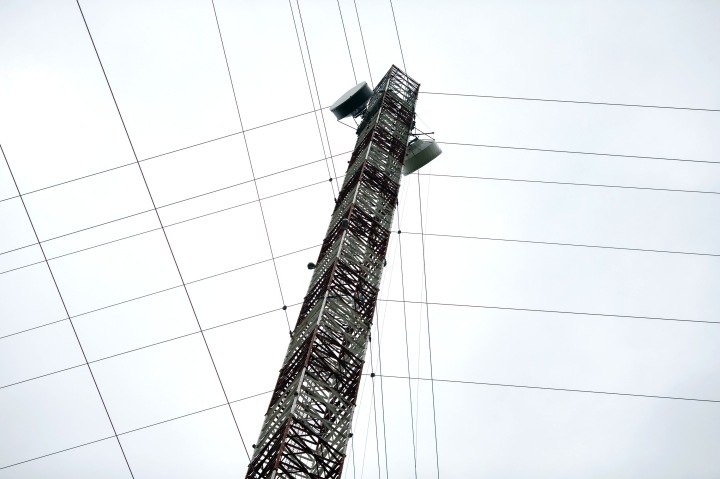
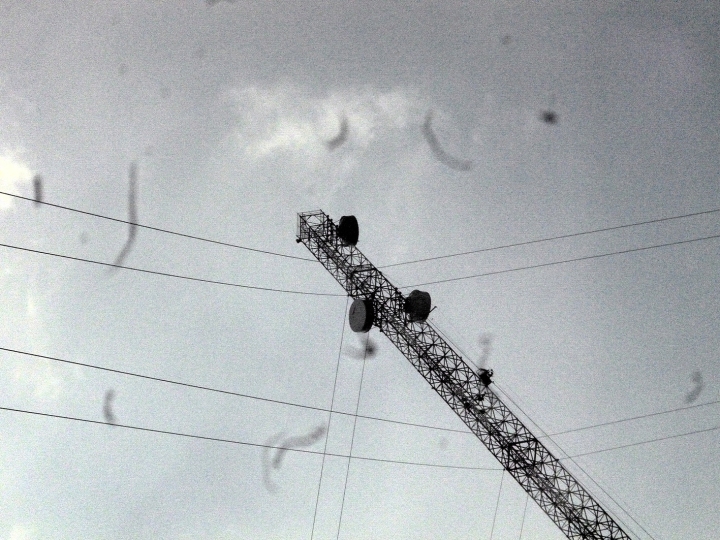




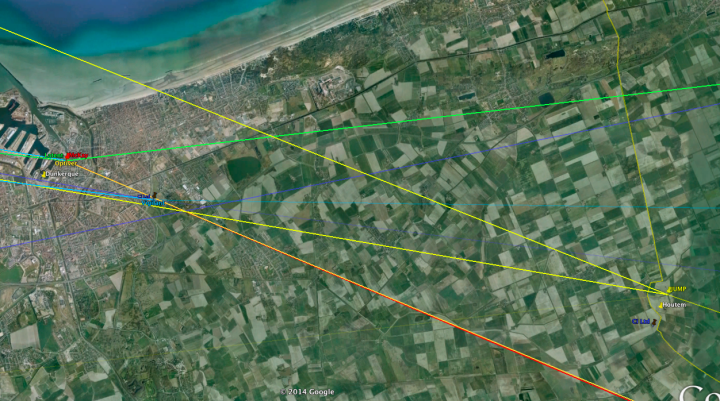






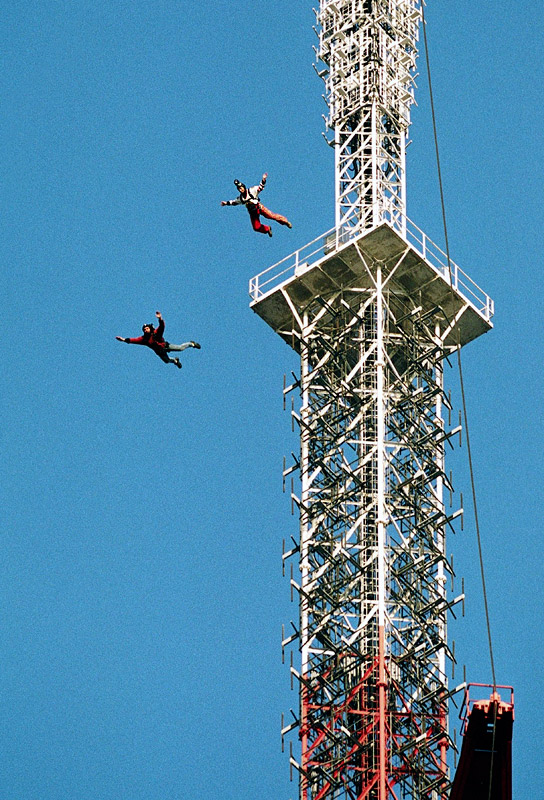





Jump, Optiver, Flow and all the others:
they all need the expensive extraordinary speed of microwave so they can increase the size’s of their quotes more and more. And, at the same time, tighten the bid-/ask-spreads to almost zero.
Investors and exchanges will be so glad with such a tremendous liquidity.
Really!
“PROVIDING LIQUIDITY TO THE WORLD’S MARKETS”
the goal of every HFT-firm
‘Proud to publish a guest post by Alexandre Laumonier’
jack’s threshold of being proud is mighty low
> jack’s threshold of being proud is mighty low
so true
Explain. Don’t just rip into two people without any reasoning.
Very interesting posting. Thanks!
what’s so special and interesting about this ‘investigative journalism’ into microwaves, open ‘discovery’ and shit, you’ll find even more interesting stuff, why is jack not proud of that shit?
how about all the losers who add nothing to the conversation STFU and stop bitching about free content on a blog. @1:21 & @6:33
hopefully Alexandre can do a followup focused on the Dutch firms for this site later on.
what are you adding to the conversation except to your own set of moaning and complaining?
great stuff jack. who does imc buy their microwave bandwidth from?
IMC probably use the Perseus network, which is a part of of Jump’s bandwidth…
stupid question : what is the importance of being fast in the London / Frankfurt line?
Which trade are we talking about?
Eurex options on dutch/french underlyings? Linear products based on dax and traded in London? Linear products based on CAC/AEX/FTSE and traded in Frankfurt?
oh, how could I forget Belgium ?! 🙂
@1:10
Nah, Dutch / French options on Eurex don’t require that kind of speed. Flow in these products could never make up for the costs of such a line.
Maybe some ETF’s. OK.
theoretically you can use the fast speed for all possible stat arb combinations, as long as you are the fastest, you be first in the line for extracting latency alpha
Are these assumptions (at least partly) true? If not, explain.
1) If you invest in the fastest line you can participate in arb strategies all across the product range.
2) If several competitors compete for arb strategies between products all around the product range, this decreases SOME risk for the counter party, since precious mentioned competitors line up the markets, beyond the expertise/information of (most) counter parties.
3) Investing in fast lines is risky, being the fastest (if you succeed) could be temporarely, but it pays for the moment.
4) From an exchange point-of-view you want to bring the highest quality of markets to your participants, so these kind of ‘tower’ investments are more than welcome, since it creates an opportunity to offer tighter bid/ask spreads for the buy side.
well, if you have the fastest quote for x, then you be the first to start hitting quotes once x moves? and you can hit the quotes across correlated product range?
speed race is of course that, high sharp ratio till one day someone outruns you
from an exchange point-of-view, they just want volume on their platform, rest is all marketing gimmicks
To all linkedin users:
WTF IS AB ZOUT ??
He is the fastest rising star and connector on LinkedIn and half Amsterdam already connected with this dude without actually knowing who he is…
@10:37
lol!
Ab Zout invited you to connect 3 days ago.
How would you like to respond?
You don’t count if you haven’t been invited by Ab Zout.
You do count double if you ignore him
abzout1974@gmail.com
find it out by asking via email!
He is “not very transparent” for what fund he is working
nobody cares, next
I think he traded for SAC. I would not put that on Linkedin either anymore…
mate, sac is on its league, if you are saying no to all its ex-employees just because few turned out to be rotten apple, then you are doing this at a very high opportunity cost, let me gueess you are european, thinking big and playing risky is just not in your blood anymore, go ride your bike in brussels, that suits you more
RT @IMCTrading: IMC represents on ‘Traders by the Minute’ @BBCWorld! Our very own @RemcoLenterman at 40 second mark…http://t.co/orX78H3PLW
Very own! Blablabla
Our very own Remco Lenterman participates in the ice water challenge in our Amsterdam headquarters! IMC believes in raising awareness about ALS around the world. www.alsa.org
Remco ‘ice bucket’ Lenterman
More very own
How much actual trading is done at 11 Wall St.?
“It’s pretty darn close to zero,” said Eric Scott Hunsader, founder of market-data provider Nanex. “Even that is pushing it, because they don’t make markets, the guys in the jackets. They might say they do, but they don’t.”
http://www.marketwatch.com/story/this-is-the-last-photo-well-ever-run-of-the-nyse-trading-floor-2014-10-01
‘Our very own @RemcoLenterman at 40 second mark…http://t.co/orX78H3PLW’
the website is saying not currently available on bbc iplayer, how did you watch it?
First of all I am not your mate and second of all thinking big and playing risky are two different things. Me think you are some sad wanna be trader sitting in his mother’s council house trading penny stocks with a few $100 in capital. Now, go back to whatever shithole you came from and let the big boys be…
anonymous
October 1st, 2014 at 10:08 pm
mate, sac is on its league, if you are saying no to all its ex-employees just because few turned out to be rotten apple, then you are doing this at a very high opportunity cost, let me gueess you are european, thinking big and playing risky is just not in your blood anymore, go ride your bike in brussels, that suits you more
not really off topic: any opinions/comments on the “mini auction” market model change in xetra 15.0 ?
of course you are not my ‘buddy’, but ‘mate’ is proxy for ‘fellow human being’, you are not a robot are you mate?
you are def european if you think you can demerge thinking big and taking risk, you are not hoping for lottery win are you?
define ‘big boys’, let’s see what your ball size is mate
http://xetra.com/INTERNET/XETRA/x4_member.nsf/0/D88399CE36B235F8C1257CC800507885/$FILE/030_14e.pdf/030_14e.pdf?OpenElement
Dude, you got bitch slapped big time! Take it like a man and stop humiliating yourself!
‘of course you are not my ‘buddy’, but ‘mate’ is proxy for ‘fellow human being’, you are not a robot are you mate?
you are def european if you think you can demerge thinking big and taking risk, you are not hoping for lottery win are you?
define ‘big boys’, let’s see what your ball size is mate’
In meantime ladies…
http://sniperinmahwah.wordpress.com/2014/10/02/hft-in-my-backyard-iii/
‘Dude, you got bitch slapped big time! Take it like a man and stop humiliating yourself! ‘
how did you reach that conclusion mate?
Now it is clear why the best trading strategies at Source Capital barely cover the costs and the average strategy is flat or negative (only for a short period, before being stopped and the trader dismissed): they do not have any of these fast lines (to save on IT costs) and expect to make money by running the same strategies as jump trading…. Good luck for the end of year 2014 bonus and to the new traders joining them in 2015.
Define mate, mate
Dude, although you seem to bend over you can look over your shoulder… He made us laugh here big time! Accept defeat!
‘how did you reach that conclusion mate?’
one thing to remember is, spectrum reservation does not mean they have actually built all these networks, although many have been – including the WCW/Jump/Perseus Frankfurt build – with Jump presumably getting a latency advantage over the customers on the Perseus sold bandwidth…
Some of those hops are also clearly impossible and have been reserved in the hope that microwave technology improves further, although physics will of course remain as they are.
‘Dude, although you seem to bend over you can look over your shoulder… He made us laugh here big time! Accept defeat!’
i accept defeat mate
> October 3rd, 2014 at 9:18 pm
You would be very surprised to learn that some “impossible hops” are not so impossible. Some competitors have improved their technology…
serious question for the group from a trader albeit not using HFT strategies,
if you had the fastest line from london to frankfurt, what strategies would you run? i’m just trying to get a sense of what specifically the firms are doing.
also there has been a big stink in the last couple years about firms gaming the timing of US economic number releases, is that a big part of what the microwave race is about in europe or just arb/correlation strats?
line from london to frankfurt does not add value. Ask about CME-frankfurt or CME-london.
just arb / self-enforced correlation strats
with the fastest line, you can be first in the queue for anything which is correlated between london and frankfurt?
a common dope peddler would be able to come up with strats that print money provided you are fastest at all endpoints & between. everyone else has an army of quants trying to tease out ephemeral correlations and likely failing.
“there is no alpha” -wise woman in the matrix
just because it’s obvious doesn’t mean it doesn’t work?
of course it works, but it’s finite and it’s hugely dependent on volumes and volatility
Back to the original post. While it is well researched, I’m not quite sure what the point of his studies are? It’s widely known that some HFT firms use microwave towers because currently that’s the quickest technology. I’m not sure there’s much value in knowing which exact route / towers people use? Or am I missing something?
Yeah, you’re missing a whole lot.
Those guys are savages, they install their equipment without permits, they cut down trees of nobel British gentlemans and they don’t give anything back to the community. Just toxic radio waves.
http://sniperinmahwah.wordpress.com/2014/10/06/hft-in-my-backyard-more-on-piracy/
calm down fella, just stop leaving limit orders and start executing the ‘size’ through correlated holdings, all this hft mumbo jumbo will go away
‘I’m not sure there’s much value in knowing which exact route / towers people use? Or am I missing something?’
have you not dealt with academics or theoreticians, the idea of research is not in terms of how valuable the research conclusion would be but in the utility/satisfaction of the actual research process itself is to the researcher, a lot of progress has been achieved by finding answers of questions that were never asked
I’m not sure there’s much value in knowing which exact route / towers people use? Or am I missing something?
Just as there is not much value in knowing what speed your competitor has, or which software they use ? who their lead developer is so on and so forth.
well, knowing exact route/tower would help in democratizing the insight that first mover already has?
Knowing the speed of competitor, in similar sense, helps to set realistic and necessary goal posts for your ownself?
Knowing which software they use again takes the niche away from the exitsting incumbent and makes for a competitive market place?
Knowing their lead developer of course is the short circuit for all the above by giving him the carrot of million dollar salary?
you sound like you are an individual participant in market place and don’t know the advantages of being part of a collective, sharp, driven organization?
“collective, sharp, driven organization” – you mean Tibra?
you can’t fault the whole organization or every employee therein just because there is some moron at top driving the whole organization into the ground?
“some moron” – is it Tim Berry ?
him or the lead buffoons around him, organization or the board should be usually smart and strong enough to overcome stupidity even at high levels, pimco/gross is the most recent eg of it
who is this Tim Berry? Sounds like the brother-in-law of Itay Gross
http://bit.ly/1ndeNpG
In the postings above people are contemplating about Eurex listed vs London LIFFE listed products whereas the pure arb opportunities seem limited here due to the lack of a lot of overlapping products. However, could it just be that these mircowave set-ups are used for arbing Russian Ordinaries vs London listed GDRs by further linking up Frankfurt with Moscow? Not sure about the edges and volumes in these products though.
Furthermore, couldn’t these set-ups just be used for US products vs (continental) European listed ones: everyone might make use of the same connection (and hence: same speed) between US-UK but is trying to be the fastest in the last part of this chain.
tim berry – the founder of tibra. met him in london once, nice guy
one meeting is of course good enough to really know the person and reach a conclusion that he is a nice guy
Johann Kaemingk, also a nice chap!
But he has no difficulties with ripping investors/competitors off. 3 hail marys in church on sunday to come clean again.
what’s wrong with ripping off investors/competitors, they would do the same given the opportunity?
Tibra had a 17 mil loss in 2013. http://www.afr.com/p/investing/meet_tibra_capital_high_frequency_nOcScIPL0i4yp0PQ77ZSHP
that’s a shocker mate
but this is even worse than Source Capital, which managed to lose only 4.5 mio in 2013
how interesting
Anyone with link to Tibra’s FY13 financial statements?
we are about to finish 14, why are you wasting your time on company from previous decade burning cash while fading into history
because earnings are filed only 6-8 months after the fiscal year ends. These earnings might have been posted not more than 4 months ago. F14 results will only be out next year.
do you know the difference between the leaves and the forest?
the story continues:
http://sniperinmahwah.wordpress.com/2014/11/03/htf-in-my-backyard-iv/
““collective, sharp, driven organization” – you mean Tibra?”
That’s so last year. Tibra’s changed.
It’s a new dawn
It’s a new day
It’s a new mantra
For Tibra
And I’m not feeling good. Not at all.
Why don’t you share your feelings with your line manager at tibra?
Part V : http://sniperinmahwah.wordpress.com/2015/01/14/hft-in-my-backyard-v/
didnt you get the memo, the business is dead, time for you to move on and not be stuck in your post break-up obsession